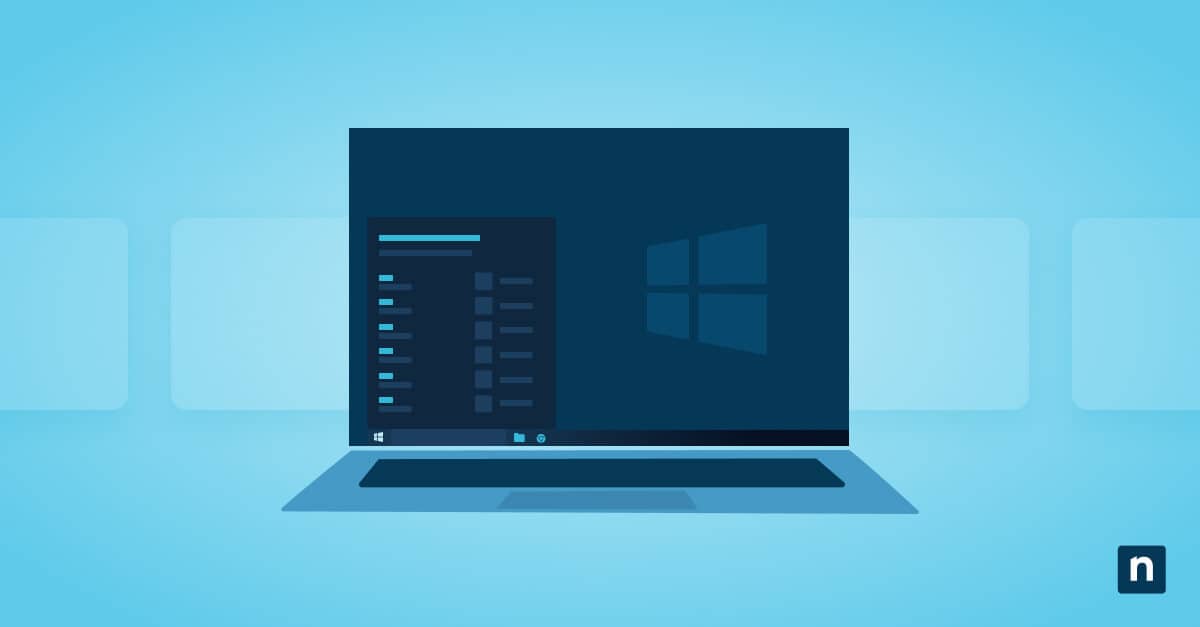The “Hard disk burst ignore time” setting is a valuable tool you can add to Advanced Power Settings to give you more precise control over how your system manages hard disk activity. This setting determines how long the system should ignore idle hard disk activity bursts before it spins down the disk to save power. By adjusting this timing, you help strike a better balance between conserving energy and maintaining responsive performance, especially if you’re working with large files or applications that access the disk in short bursts.
Customizing this option is particularly useful for IT professionals who rely on consistent disk performance without unnecessary delays caused by the hard drive powering down too frequently. Whether you’re using your system for development, media editing, or other data-intensive tasks, fine-tuning this setting ensures a smoother workflow and fewer interruptions.
In this guide, we offer step-by-step guidance on how to add or remove “Hard disk burst ignore time” from Power Option in Windows 10 devices.
What is “Hard disk burst ignore time?”
The “Hard disk burst ignore time” setting in Windows refines how quickly your computer allows a hard disk to spin down after detecting inactivity. In systems with traditional hard disk drives (HDDs), spinning down the disk can help save power and reduce wear when the drive isn’t in use. However, momentary lulls in disk activity—called idle bursts—can trick the system into thinking the drive is no longer needed. This leads to it spinning down too soon and can directly disrupt user performance.
This setting defines a short grace period where the system will ignore brief idle periods before deciding to power down the hard disk. By increasing the hard disk burst ignore time, you can prevent your disk from spinning down too aggressively during tasks that involve intermittent disk access. This helps maintain smoother performance while still benefiting from power-saving features when the disk is truly idle.
Configuring “Hard disk burst ignore time”
Before proceeding, make sure you meet the following technical requirements:
- The instructions listed are only for Windows 10 (Home, Pro, and Enterprise) computers.
- You need administrator privileges. To check if you have the necessary permissions, open the Start Menu > Settings > Accounts. The word “Administrator” should be under your account name.
This guide also only applies to computers that still use mechanical HDD drives. It is not applicable for devices that utilize SSD.
Adding “Hard disk burst ignore time” using Command Prompt
- Open the Start Menu, search for Command Prompt or type cmd, right-click, and select Run as administrator.
- Type this command into Command Prompt and press Enter:
- powercfg -attributes SUB_DISK 6738e2c4-e8a5-4a42-b16a-e040e769756e -ATTRIB_HIDE
- When you open Advanced Power options, you should find the “Hard disk burst ignore time” setting there.
Removing “Hard disk burst ignore time” using Command Prompt
- Open the Start Menu, search for Command Prompt, and open the program as administrator again.
- Type this command into Command Prompt and press Enter:
- powercfg -attributes SUB_DISK 6738e2c4-e8a5-4a42-b16a-e040e769756e +ATTRIB_HIDE
- When you open Advanced Power options, the “Hard disk burst ignore time” setting should now be hidden.
Optional: Registry-based configuration
If you’re having difficulties using the Command Prompt, you can edit the Windows Registry directly to add or remove the “Hard disk burst ignore time” settings from Power Options.
⚠️ Make sure you back up your Windows Registry. Incorrect configurations can lead to system instability.
- Open the Start Menu and search for Registry Editor or type regedit to open the program.
- Input this into the address bar:
- HKEY_LOCAL_MACHINE\SYSTEM\CurrentControlSet\Control\Power\PowerSettings\0012ee47-9041-4b5d-9b77-535fba8b1442\80e3c60e-bb94-4ad8-bbe0-0d3195efc663
- Right-click the 80e3c60e-bb94-4ad8-bbe0-0d3195efc663 key.
- Select New > DWORD (32-bit) Value.
- Name the file Attributes.
- Double-click the Attributes file and set the value data to 2.
- Restart your computer. You should find the “Hard disk burst ignore time” in Power Options now.
- If you want to remove it, follow steps 1-5 and set the value data to 1 instead.
Why adjust the “Hard disk burst ignore time” option?
Every computer setup is different, and system demands vary depending on how a device is used. While the “Hard disk burst ignore time” setting is designed to improve operational efficiency, there are situations where tweaking it can lead to better performance or power savings. These include:
- Reducing unnecessary spin-downs during frequent short bursts of disk activity: If your system regularly accesses the disk in brief intervals, such as during software development, background indexing, or light multi-tasking, extending the burst ignore time can help maintain smoother performance.
- Improving responsiveness for disk-sensitive tasks: Certain workflows (like media editing or running virtual machines) may be sensitive to delays caused by the disk spinning down and backing up. Adjusting this setting can minimize these interruptions.
- Optimizing power savings on battery-powered devices: For laptops or other mobile devices using traditional HDDs, lowering the burst time can help the system conserve energy by allowing the disk to spin down more quickly when truly idle.
Use cases and scenarios for “Hard disk burst ignore time” controls
Frequent short disk bursts (e.g., logging servers)
Systems that generate frequent, small write operations, like logging or monitoring servers, can benefit from increasing the burst ignore time. This prevents unnecessary spin-downs that could interrupt workflows and reduce system responsiveness.
Power-critical mobile devices
On laptops or embedded systems where conserving battery life is a priority, decreasing the burst ignore time allows the hard disk to spin down more quickly during idle periods. This can lead to better power efficiency, especially when short bursts of disk activity are common.
Systems with performance concerns
If you’re experiencing performance issues, it might be best to increase the ignore time to keep the disks spinning for longer.
Troubleshooting for adding “Hard disk burst ignore time” in Power Options
Setting not visible after command
Make sure that you are using the correct command prompt syntax or registry path. In addition, it’s highly recommended that you reboot your system to ensure the changes have been applied.
Setting doesn’t apply to SSDs
Solid State Drives (SSDs) have no moving parts, so they don’t need to spin down like traditional hard disk drives. If your system only has SSDs, the “Hard disk burst ignore time” setting has no practical effect and can be safely ignored or hidden from Power Options if desired.
→ Read this guide, “SSD vs HDD vs SSHD: How to Choose?” for more information.
Power plan changes reset the setting
A group policy can prevent you from making permanent changes to a computer. Before proceeding, make sure you have all the necessary administrator permissions.
Adding “Hard disk burst ignore time” to Power Options
The “Hard disk burst ignore time” setting gives users fine-grained control over how their system handles hard disk spin-down behavior during idle periods. By adjusting this setting, you can extend or shorten the time Windows waits before spinning down the disk, helping you better balance performance responsiveness with power efficiency. It’s a great feature and ideal for systems that have mechanical hard drives and require balancing power conservation with performing high-intensity tasks.







